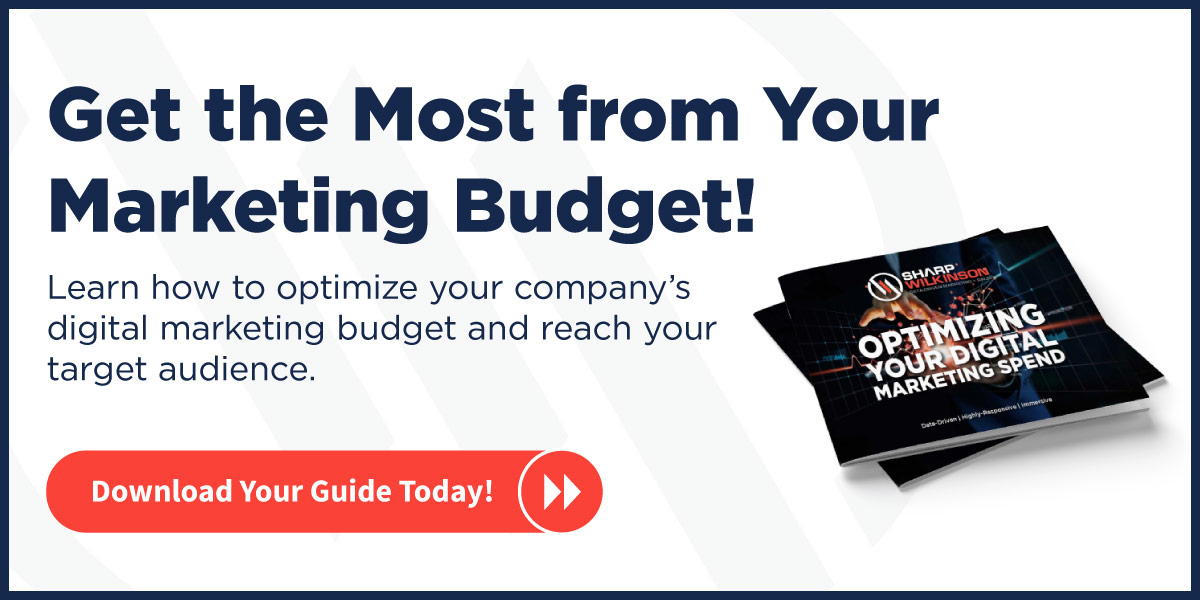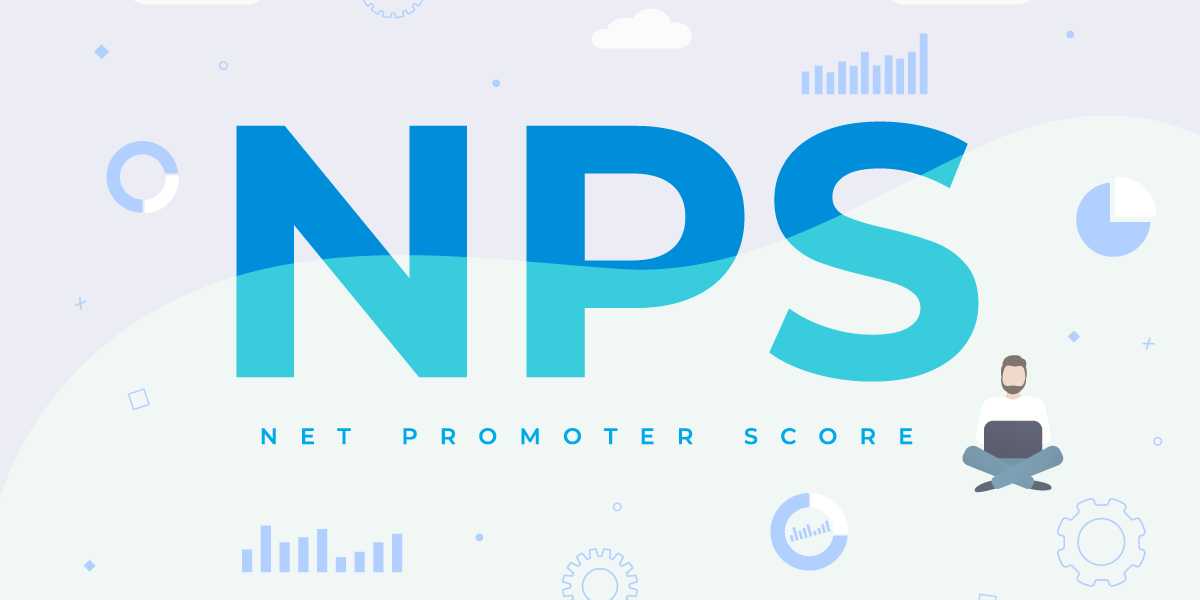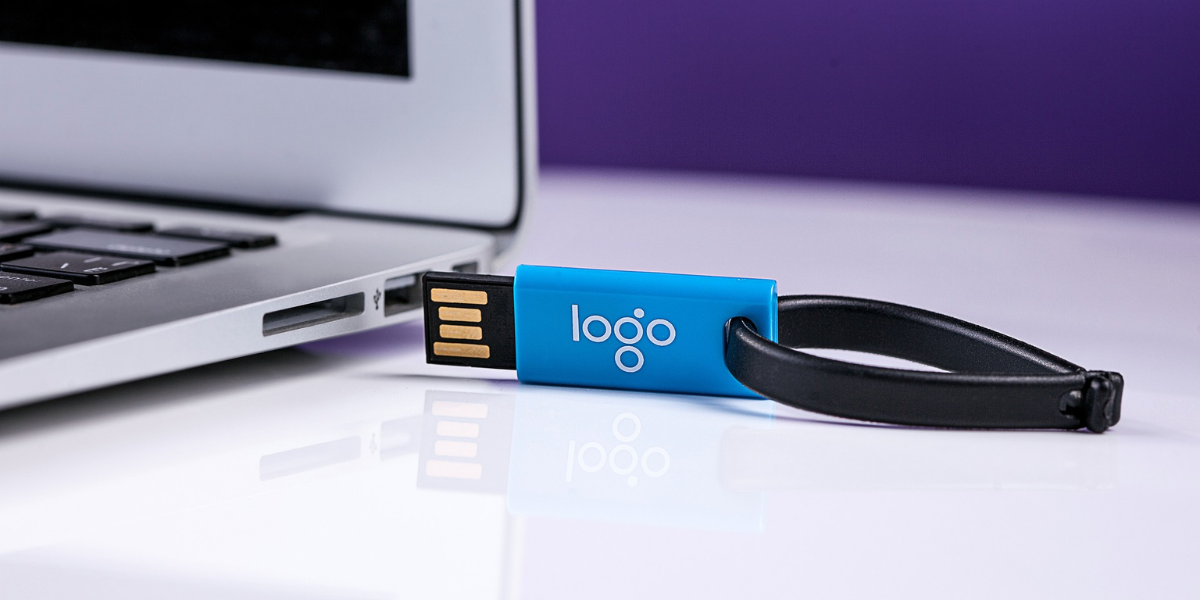Are you a marketing professional who is considering using an inbound strategy, but is unsure of where to start? We’re here to help. In this article, we explain what inbound marketing is and its three main parts. We will also give you some easy ways to get started with your own inbound marketing strategy.
Differing from traditional advertising or demand-generation, inbound offers customers valuable content and helpful experiences corresponding with their unique goals and helping them solve problems. By taking this approach, organizations build strong relationships with customers, founded on trust and credibility.
There are three parts of an inbound marketing strategy: Attract, Engage, and Delight.
Develop Better Personas Using Our Handy Personas Template
Download Now
Attract
In the Attract stage, inbound marketers focus on earning the customer’s attention. They do this by first carefully researching the customer’s goals and challenges. Inbound marketers seek to understand problems the customer is trying to solve and ways the customer learns new information within their industry. Often, they will compile this information into a single document called a buyer persona. Then, inbound marketers can use these personas to develop content to help customers learn about possible solutions to their challenges.
Engage
During the Engage stage of inbound marketing, organizations make it easy for customers to interact with them on the customer’s preferred channels and timeline. By again referencing personas, marketers can reach customers where they are and personalize those communications in the buyer’s context. Lead nurturing email campaigns, social chat apps, and downloadable content are great tools at this stage of the inbound game.
Delight
Finally, marketers strive to Delight customers as they empower them to reach their goals. Inbound marketers can do this by developing service and support-related content: think of a knowledgebase or FAQs related to an organization’s products or services. Deploying a website chatbot is also a great way to support customers and answer their questions any time of day, regardless of support availability. Another key piece to ensuring customers are delighted is to periodically survey them and measure their level of satisfaction. Remember—you can’t manage what you don’t measure!
Inbound Marketing Strategy: Where to Begin?
So, where to begin? Start by developing buyer personas. Talk to your customers, sales team, and support personnel. Ask about common customer goals, challenges, and where they go to learn about new things in their industry. Do some online research as well. Then, compile all of the info you collect using our buyer persona template. Next, reference this persona to create some meaningful content. Infographics, fact sheets, checklists, guides, and how-to videos are all awesome pieces of content you can use to engage customers. But don’t forget about delighting them! Consider implementing an ongoing customer survey you can use to identify ways to keep customers coming back for more. A net promoter score (NPS) survey is a great option.
As you can see, an inbound marketing strategy is a great option for winning over new customers. This is because inbound marketing builds trust and credibility with customers while reducing the friction of interactions associated with traditional marketing and sales. If you’d like to get started with inbound, we are here to help. Contact us today.





